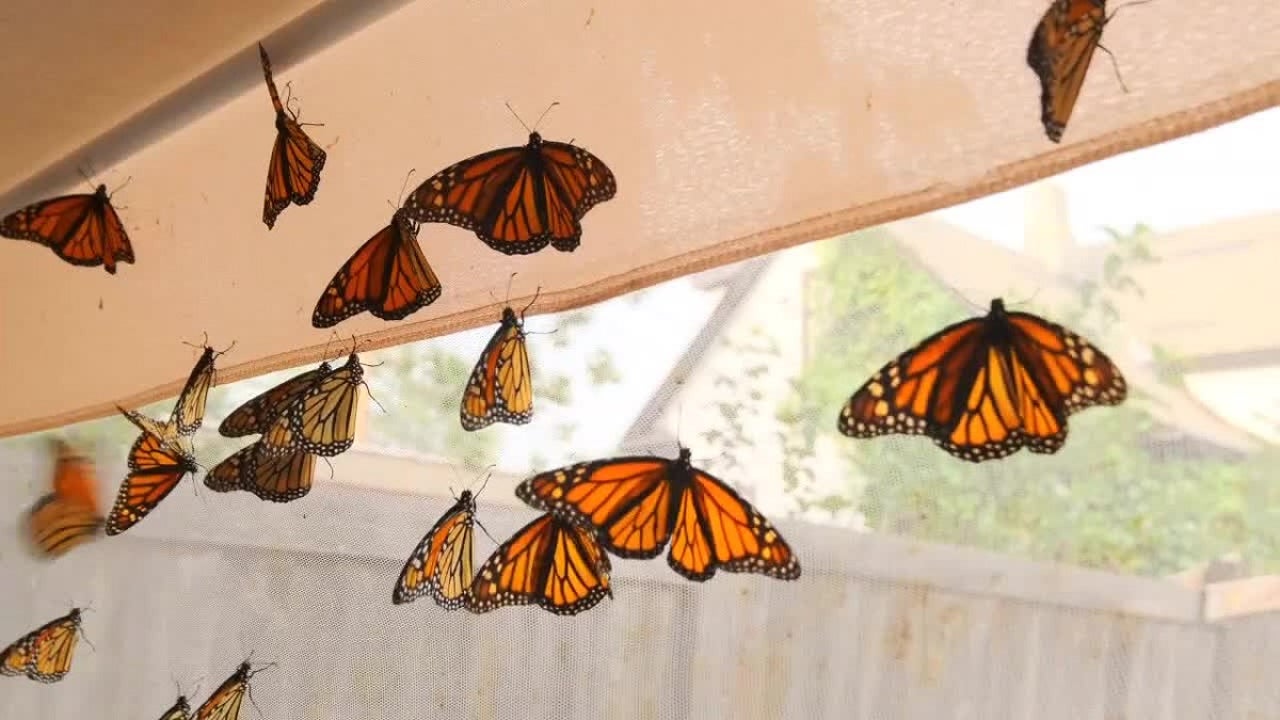
Monarchs migrating south through Washington often concentrate along the large river courses of the Columbia and Snake Rivers.įor a map of range-wide distribution and conservation status of the monarch butterfly, check out NatureServe Explorer. Milkweeds are patchily distributed within the Columbia Basin. The number of monarchs in Washington is relatively low. Habitat: Anywhere that there is nectar, but. The California overwintering population dropped from an estimated 1.2 million butterflies in 1997 to 200,000 in 2013. Monarch Butterfly (Danaus plexippus) Description: Adults are nearly 4 inches wide. Monarchs have undergone an enormous decline in numbers in both eastern and western populations. The Monarch Butterfly Habitat Exchange is a market-based solution for restoring and conserving high-quality monarch habitat on Americas private working. In Washington, they are found east of the Cascades where milkweed occurs.Įstimates of the historic California wintering population range from 1 million to 10 million butterflies. Monarchs occur throughout most of the United States, southern Canada, and northern Mexico. They make their way north through subsequent generations until late summer. They commence movements south (often in groups) to overwintering sites, covering an average of 25 to 30 miles per day, stopping at night, to feed, and during inclement weather.ĭuring spring migration, monarchs typically do not travel in groups. Late summer adults undergo a physiological transformation to fat-storing, non-reproductive butterflies. Monarch butterfly caterpillar (larva) on a milkweed leaf at the Lower Crab Creek Wildlife Area UnitĪlthough monarchs are dependent on temperate zones for reproduction, the adults cannot survive freezing temperatures. The milkweed plants’ chemical defense compounds are accumulated in monarch larvae, pupae, and adults and used to defend against their predators. The duration of complete development (from egg to adult) is dependent on weather conditions and can vary from 25 days to seven weeks. Monarchs lay their eggs on milkweed species, and resulting larvae and pupae develop on these plants. The life cycle of the monarch butterfly is directly intertwined with their milkweed host (genus Asclepias). Like most butterflies, monarch adults rely on floral nectar for nutrition. On their southbound travel corridors, often river courses, the butterflies require abundant late season nectar and trees for roosting at night and during periods of inclement weather.



Milkweeds and monarchs in Washington occur in weedy fields and sparsely vegetated habitats, typically near wetlands or riparian areas. Monarchs require secure patches of milkweed and nectar resources during breeding, roosting sites and safe travel corridors for migration. Monarchs breed and travel through Washington but do not overwinter in the state. Most monarch butterflies that breed west of the Rocky Mountains, including in Washington, overwinter in California. Monarch butterfly perched on a flowering milkweed at the Windmill Ranch Wildlife Area Unit


 0 kommentar(er)
0 kommentar(er)
